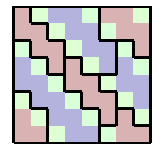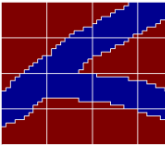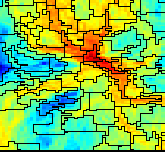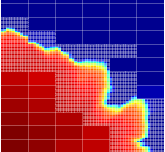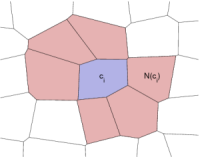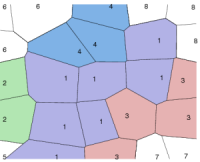You are here:
MRST
/
Modules
/
Adapted Coarse Grid Module
|
Adapted Coarse Grid Module
The module consists of a set of modular components that can be combined in different ways coarse grids that adapt to geological features. The routines can also generate flow-adapted coarse grids that are ideal for computing fluid transport. The fundamental characteristic of all algorithms is that coarse blocks are generated by amalgamating cells from the original fine grid, with cell-wise indicator functions guiding the amalgamation directions and the new grid resolution.
Tutorials
Description
Literature
DownloadThis module is bundled with MRST core in 2011b and subsequent releases. |
||||||||||||||||||

